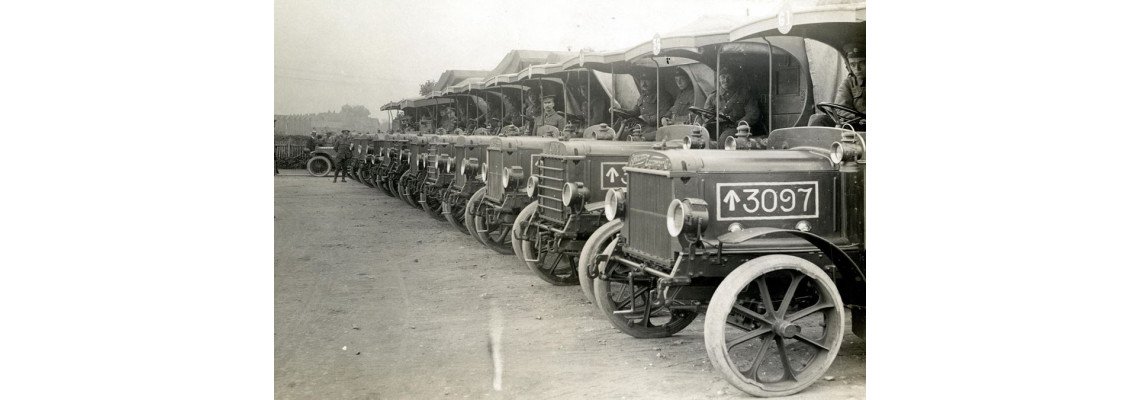
The origins of automobile machining can be traced back to the late 19th century, when the first gasoline-powered vehicles were invented. These early cars were simple in design and were primarily used for transportation, but as the demand for automobiles grew, so did the need for more advanced and efficient manufacturing methods. This led to the development of specialized machinery and tools specifically designed for the automobile industry.
During the early 20th century, the automobile industry underwent a significant transformation. Cars became more complex, with internal combustion engines and multiple gears, and manufacturers began to use assembly line techniques to increase production efficiency. The use of specialized machinery and tools became essential in order to keep up with the growing demand for automobiles.
One of the key innovations in automobile machining was the development of precision machine tools. These machines were designed to produce parts with high accuracy and repeatability, which was essential for the production of automobiles. Early precision machine tools included lathes, milling machines, and drilling machines, which were used to produce parts such as gears, pistons, and bearings.
As the automobile industry continued to grow, more advanced machine tools were developed to keep pace with the increasing complexity of cars. The invention of the internal combustion engine in the late 19th century led to the development of specialized machines for boring and honing engine blocks, as well as for grinding and lapping cylinder heads. Additionally, the increasing use of sheet metal in car body construction led to the development of specialized machines for stamping, punching, and bending sheet metal.
One of the most significant innovations in automobile machining was the development of Computer Numerical Control (CNC) machines. These machines were able to produce parts with high precision and repeatability, while also allowing for greater flexibility in the production process. CNC machines were able to produce parts with complex geometries and intricate details, which was essential for the production of modern cars.
The emergence of CNC technology also led to the development of specialized software for programming CNC machines, which made it easier for manufacturers to produce parts with complex geometries. The use of CNC machines and software in the automobile industry has greatly increased the efficiency and accuracy of the production process, while also reducing the need for skilled labor.
Another important development in the history of automobile machining was the use of carbide cutting tools. These tools were made of tungsten carbide, a very hard and durable material that can withstand high cutting speeds and temperatures. They have a high resistance to wear and can maintain their sharpness for a longer period of time than High-Speed Steel (HSS) tools, which can improve productivity and reduce the need for frequent tool changes. They are also suitable for machining hard and abrasive materials.
As the automobile industry continues to evolve, new technologies and materials are being developed to improve the performance and efficiency of cars. These include advanced materials such as carbon fiber and lightweight alloys, as well as new manufacturing processes such as additive manufacturing and laser machining. The use of these new technologies and materials will continue to push the boundaries of what is possible in the automobile industry and will lead to the development of even more advanced and efficient manufacturing methods.

Leave a Comment